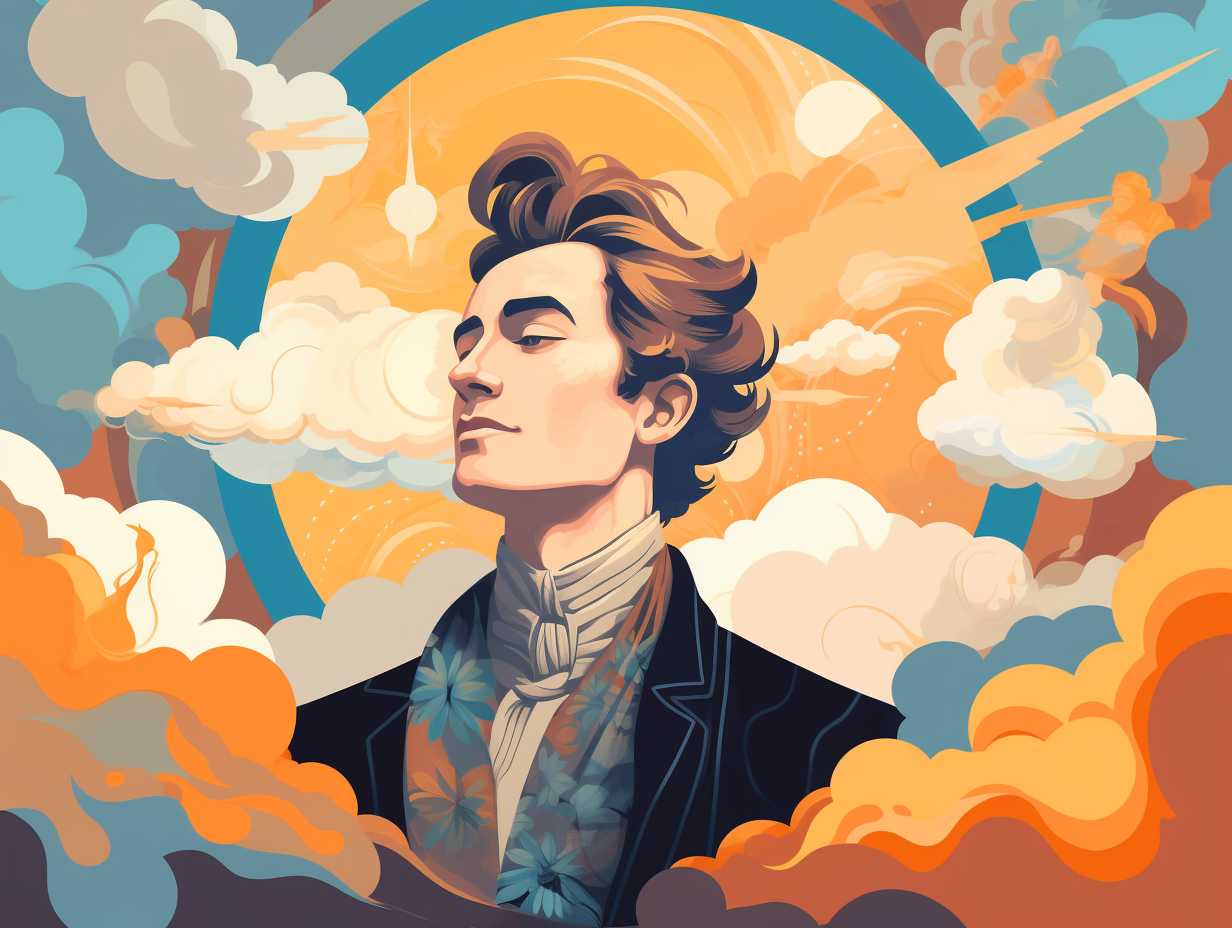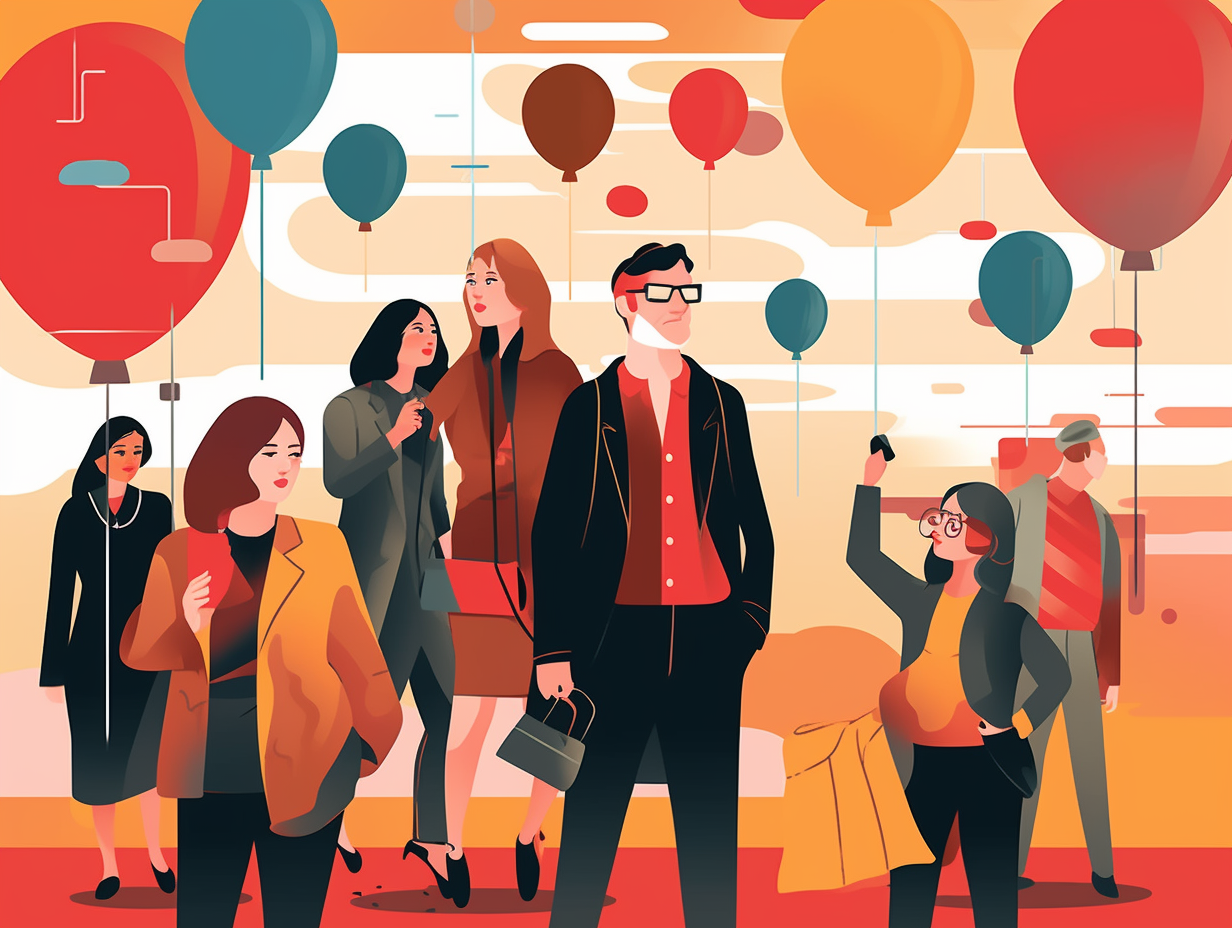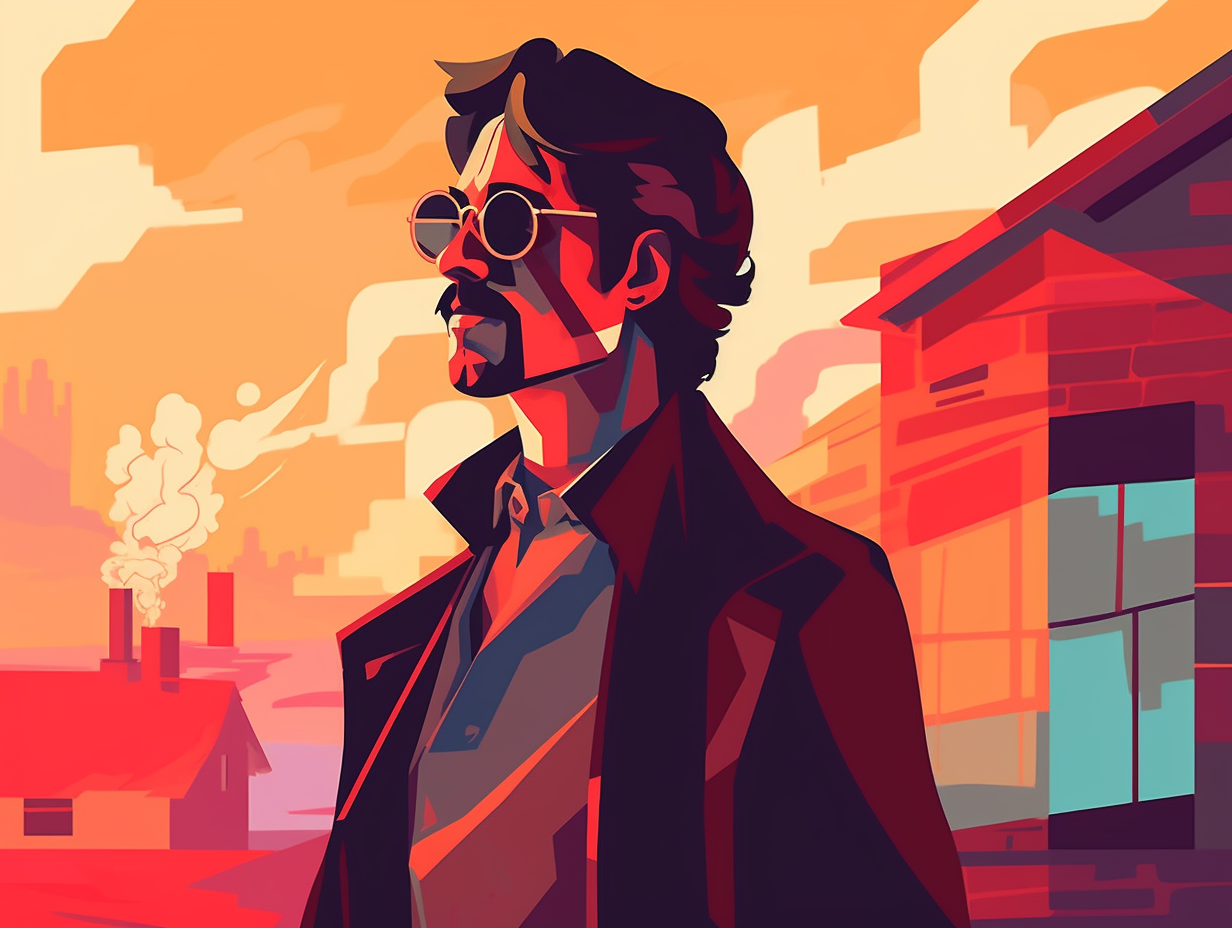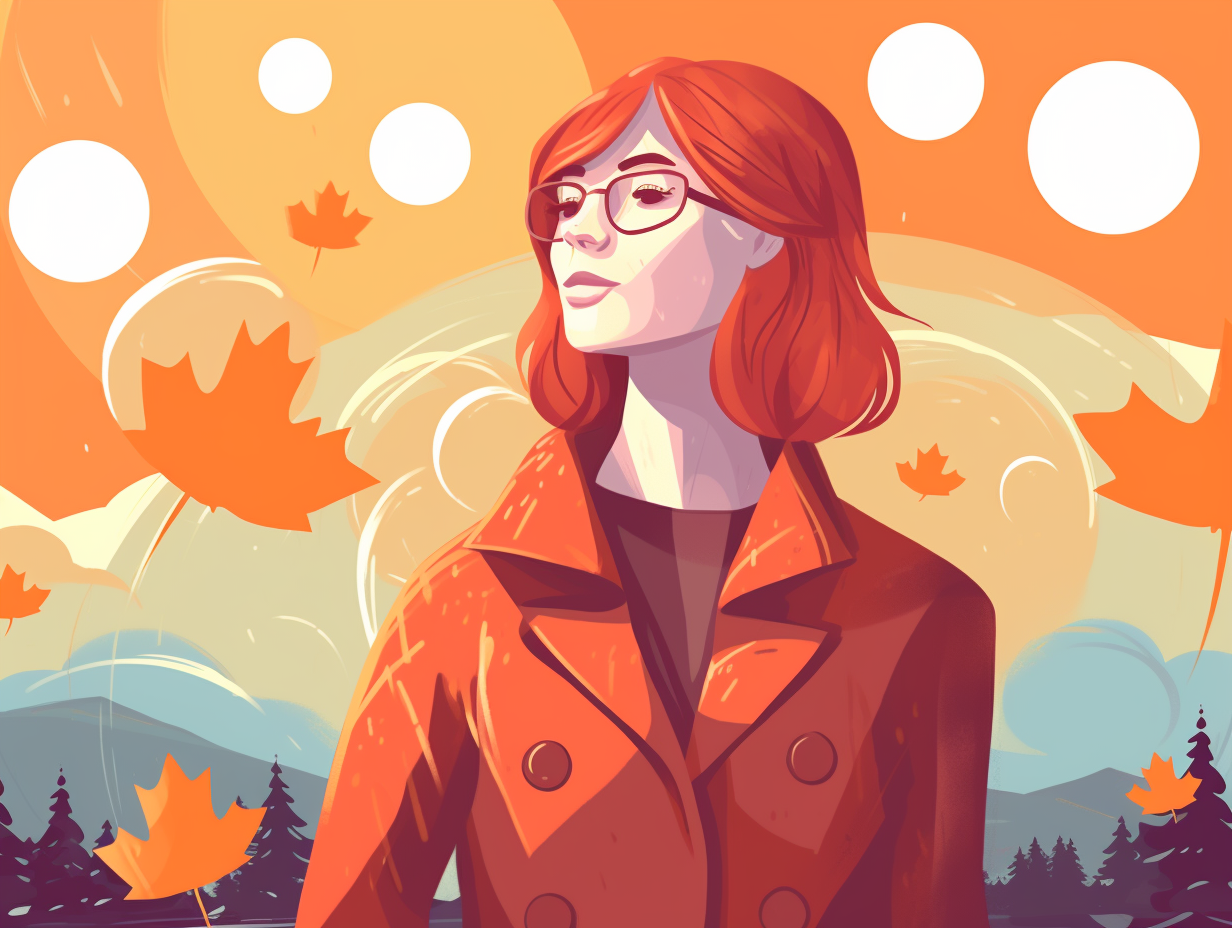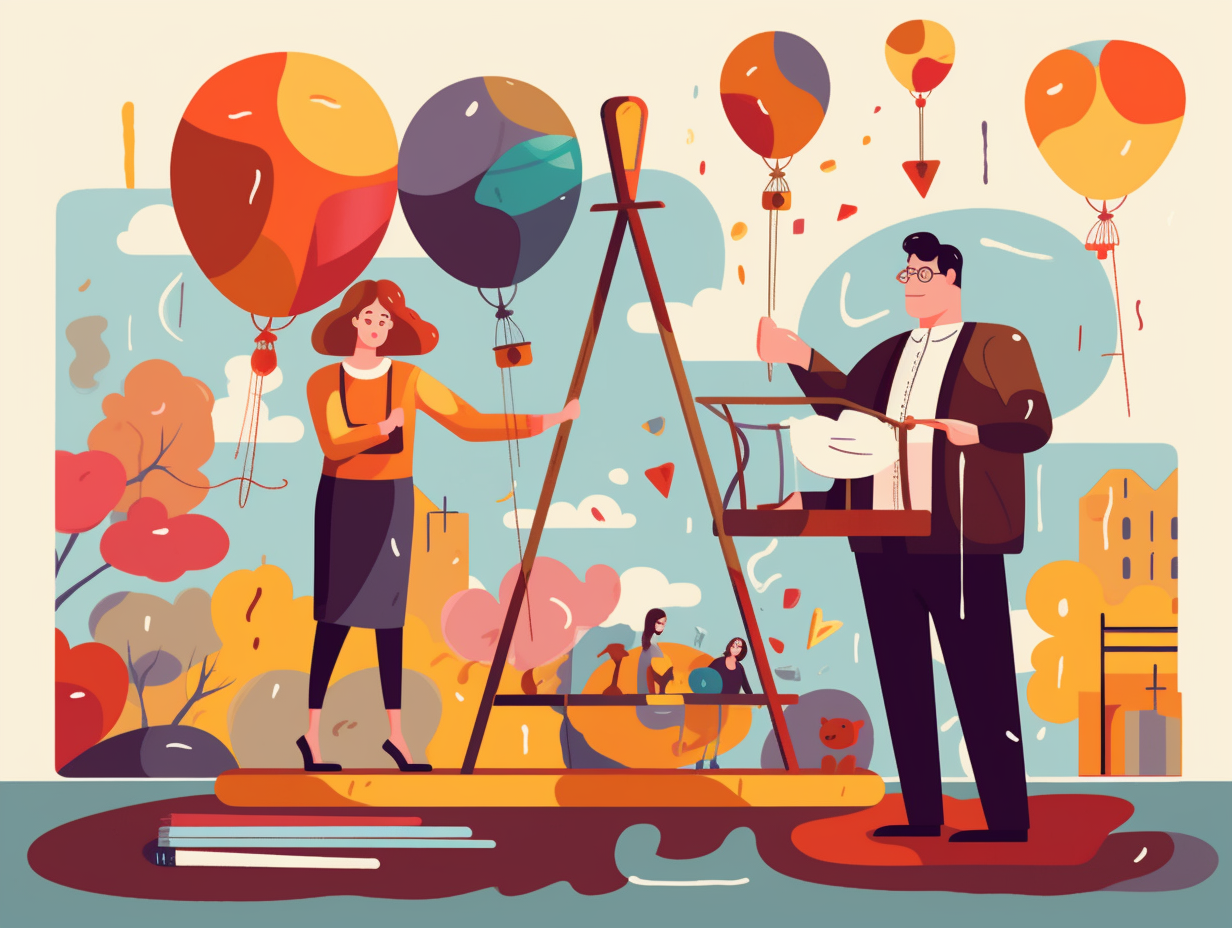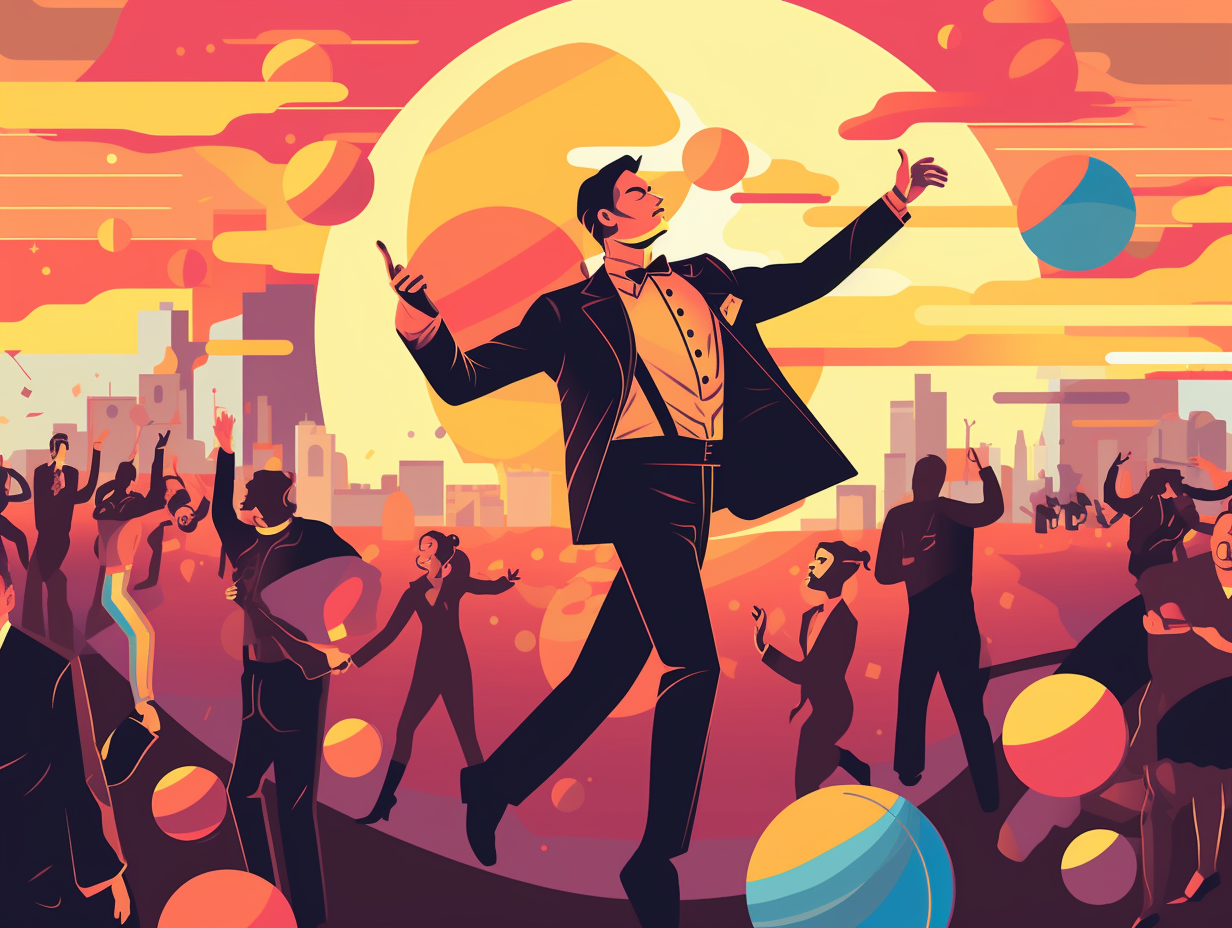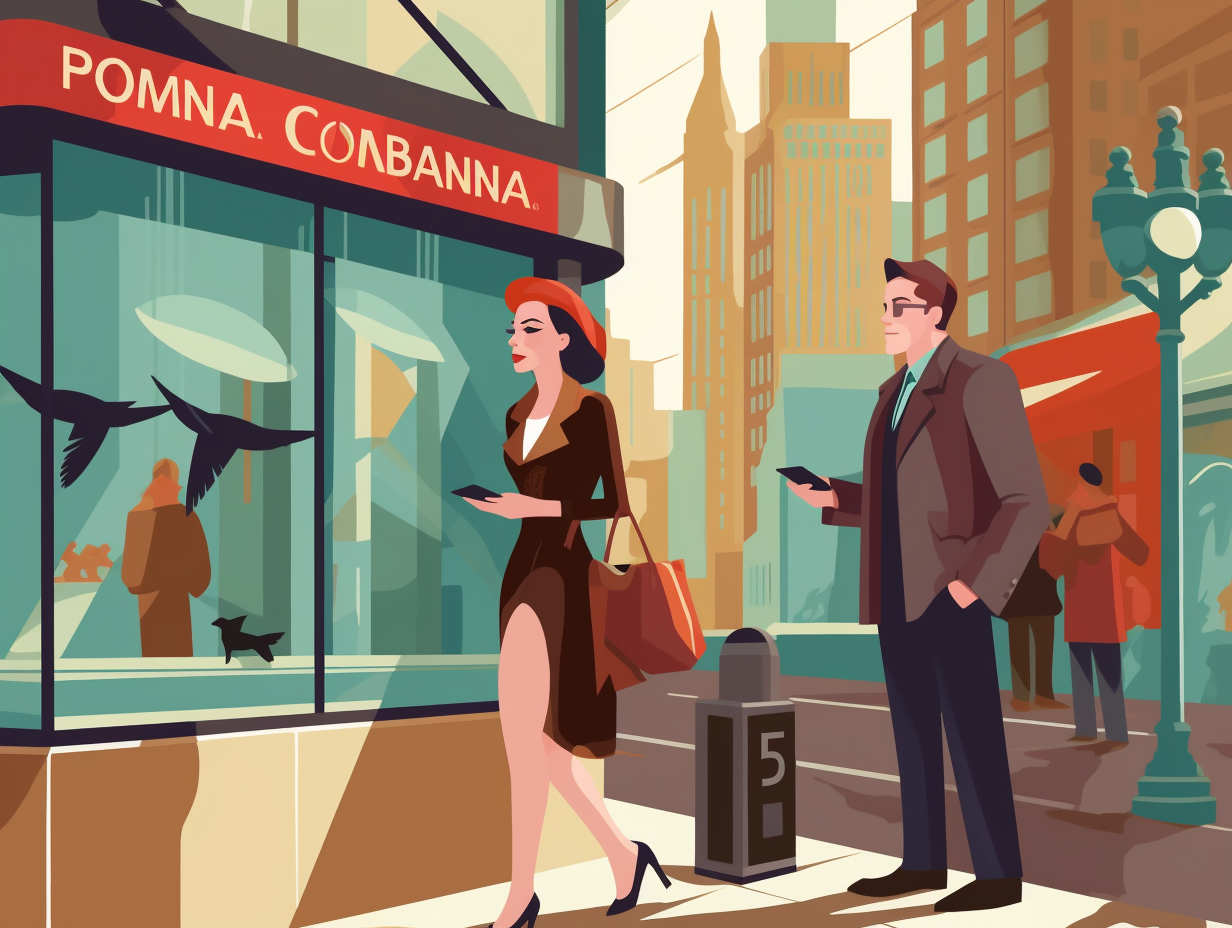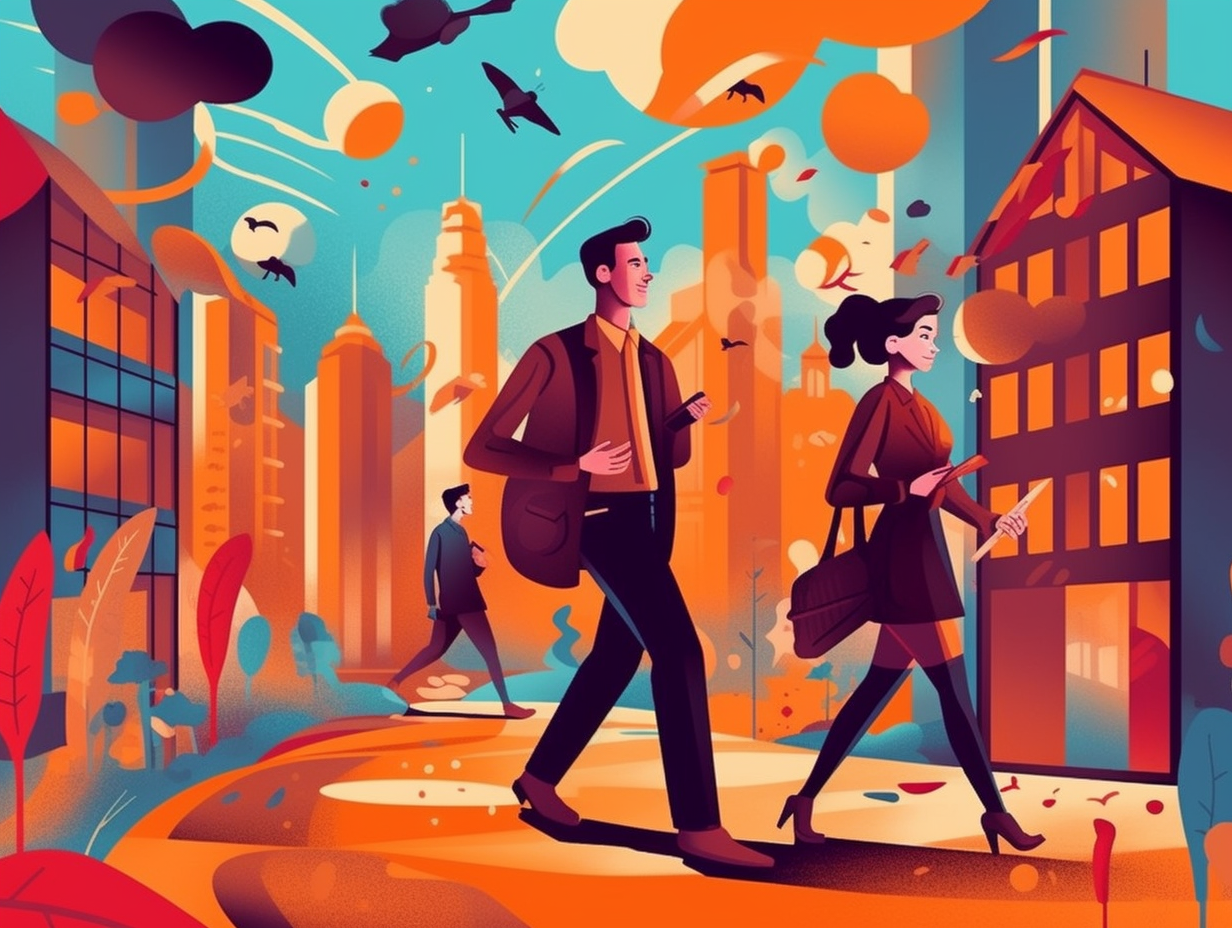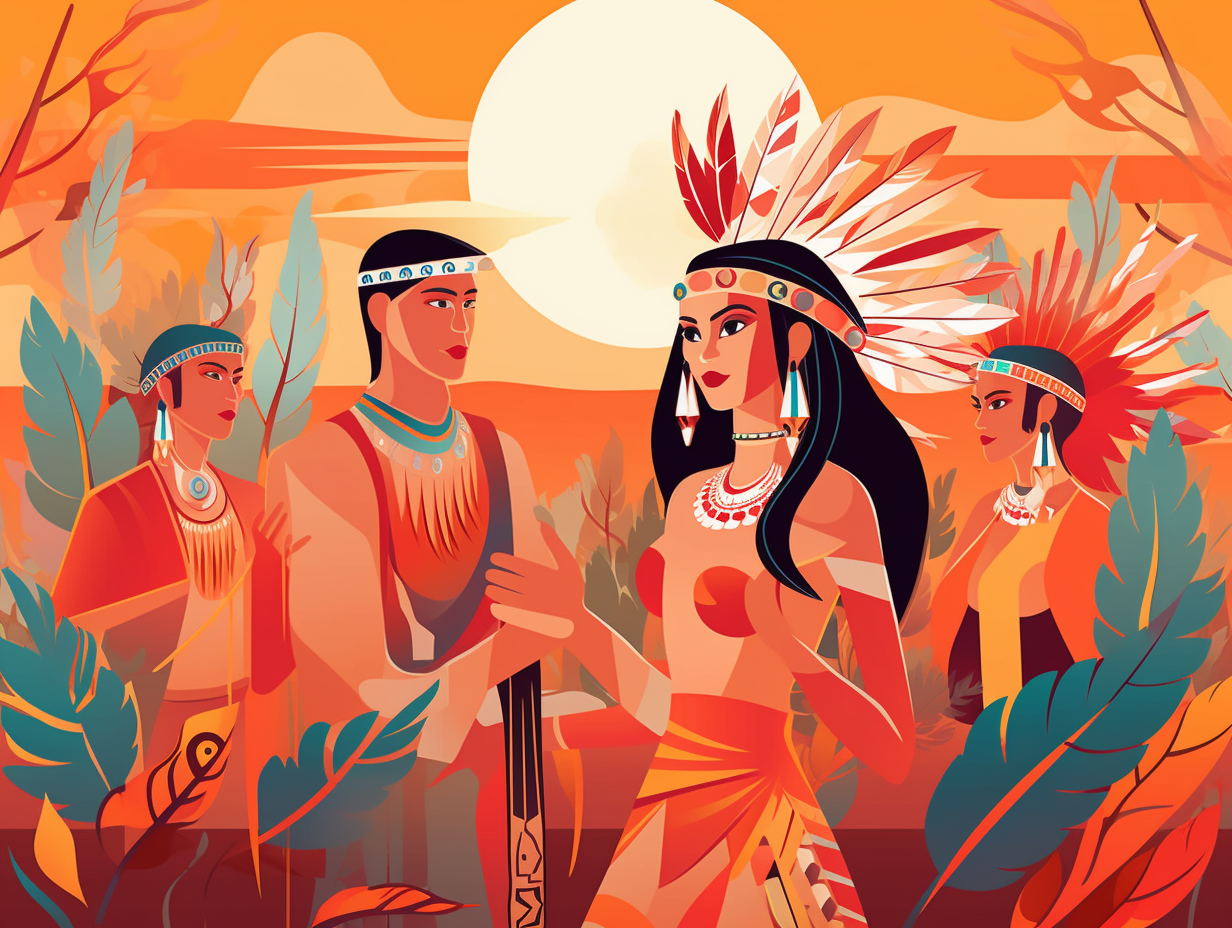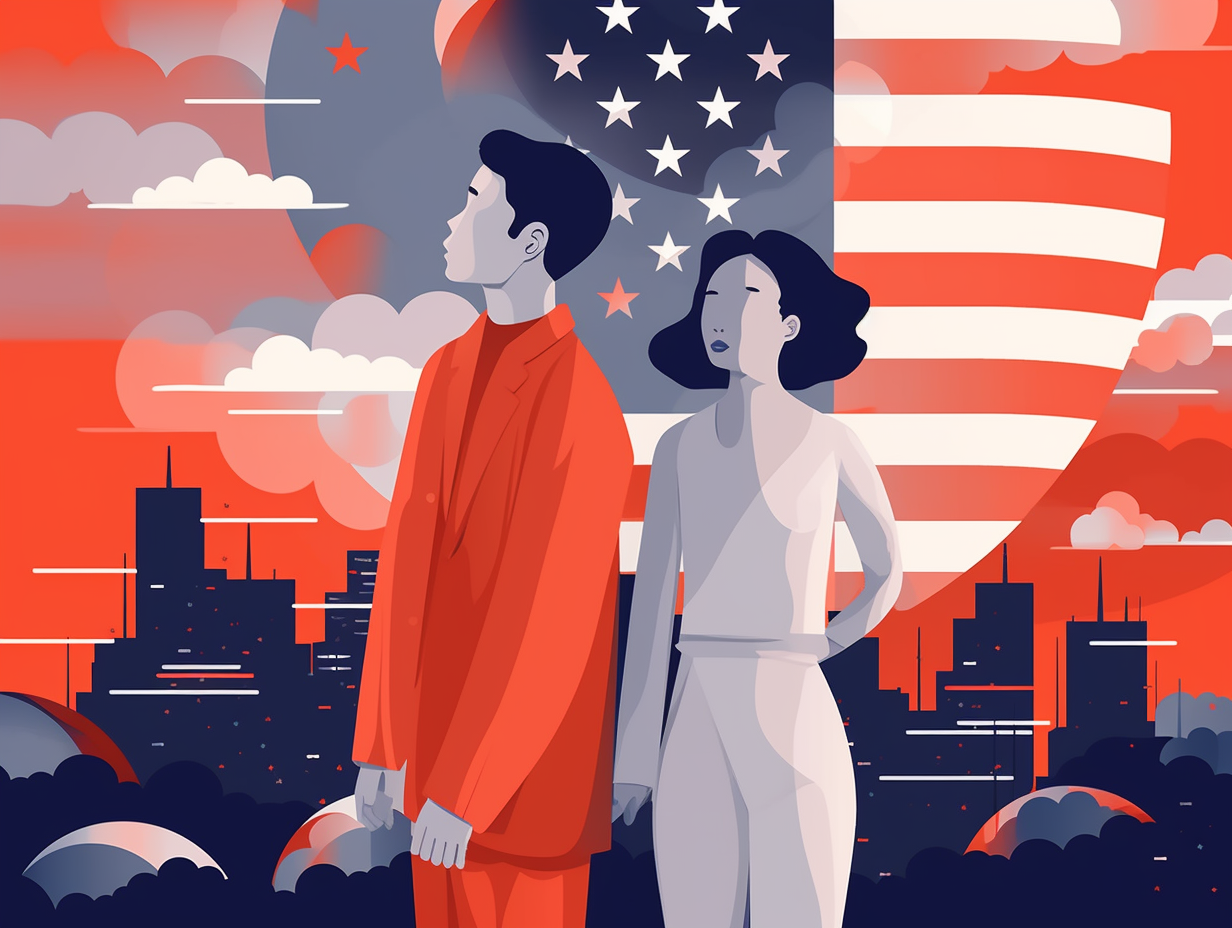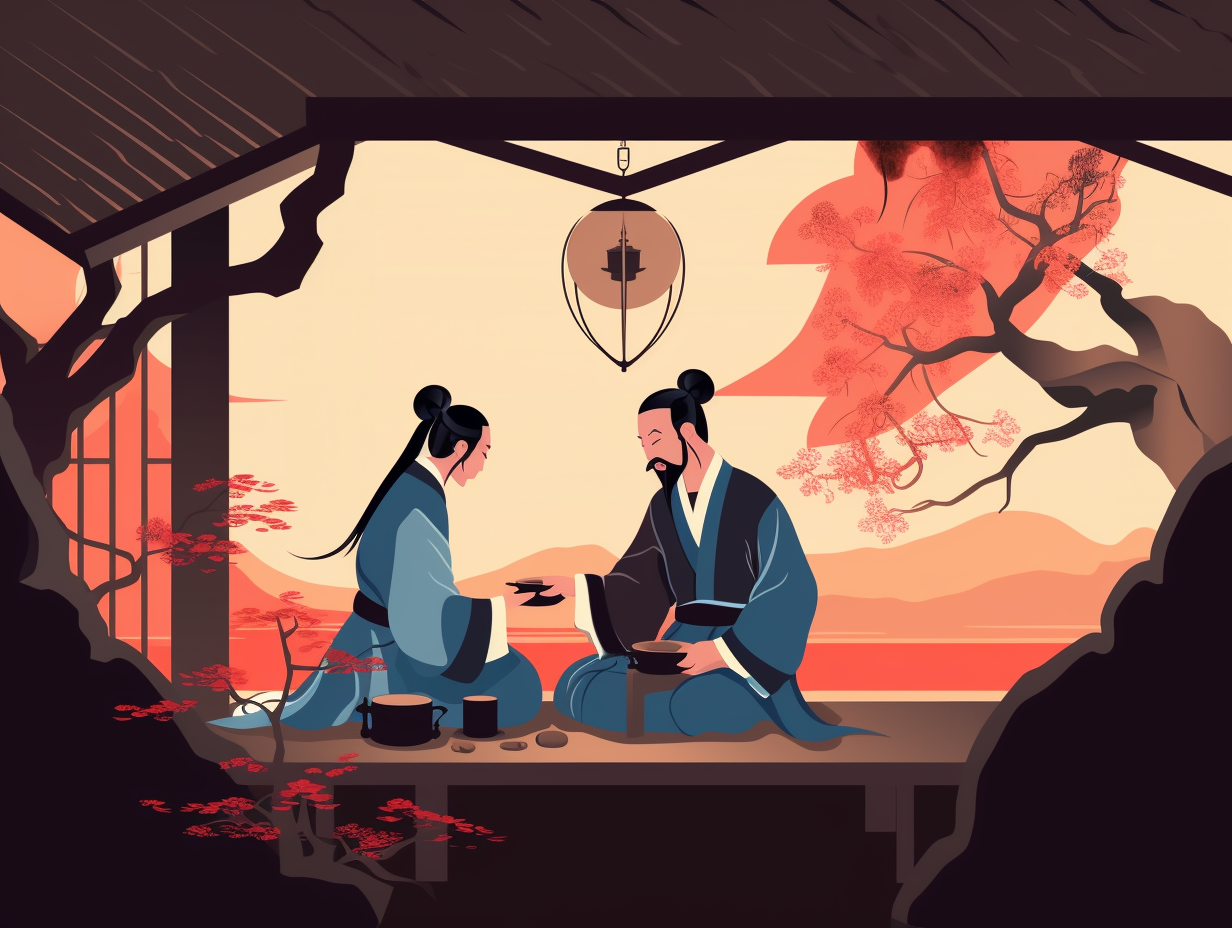13 Unbelievable Fun Facts About the Victorian Era That Will Leave You Amazed!
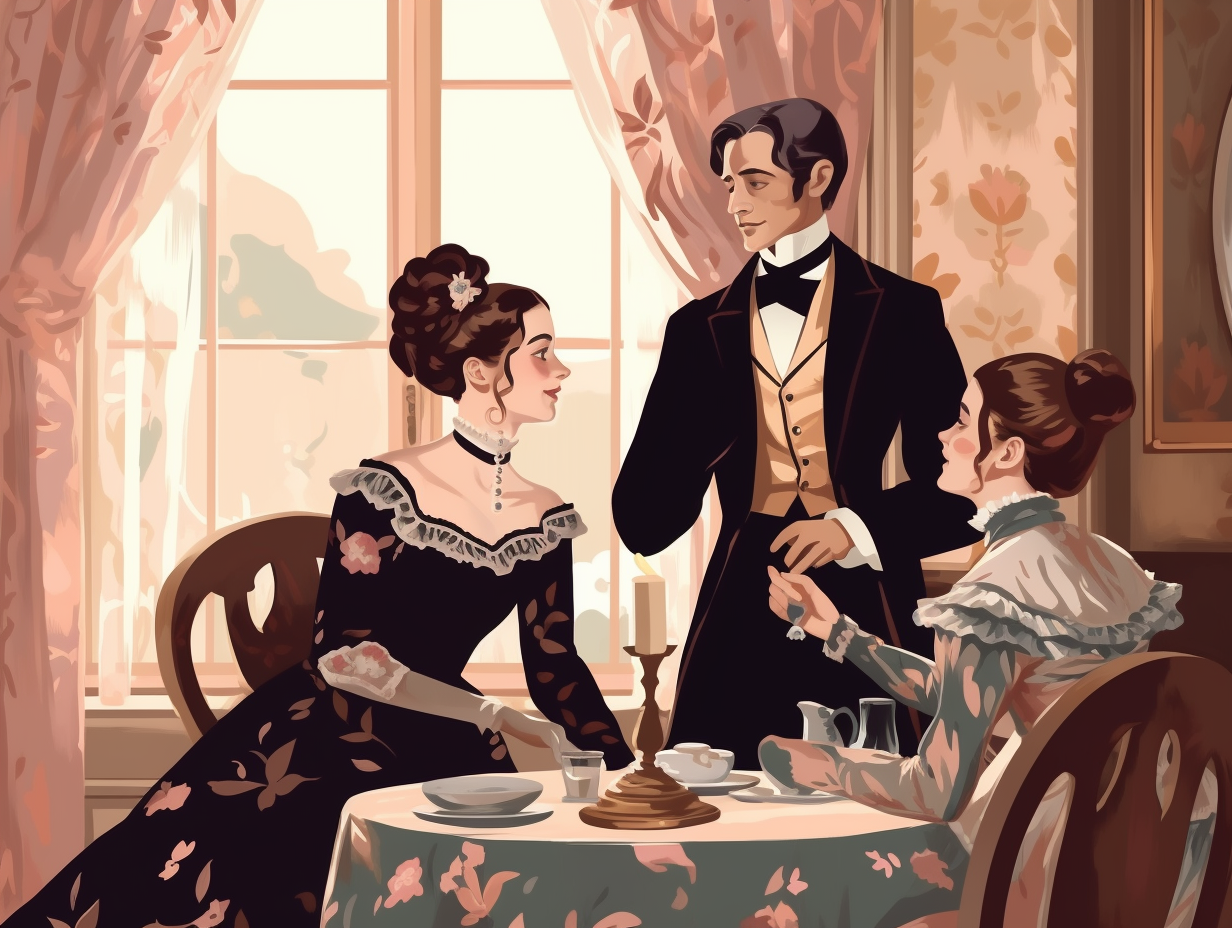
1. Victorian London's Underground Sewers
Before Harry Potter's Chamber of Secrets, Victorian London had its own mysterious underground network: Joseph Bazalgette's interconnected sewers and embankments were constructed to combat the city's sewage stench and waterborne diseases, but ultimately led to the loss of entire communities and businesses along the Thames foreshore, all without the need for a snake-whispering wizard.
Source => historicengland.org.uk
2. Post-Mortem Photography
Say cheese or try not to decompose?: During the Victorian era, post-mortem photography was a common way to memorialize the deceased, often serving as the only visual record of the individual; contrary to popular belief, the departed were seldom propped up next to their living relatives for a final macabre family portrait but rather captured in repose at their home.
Source => artincontext.org
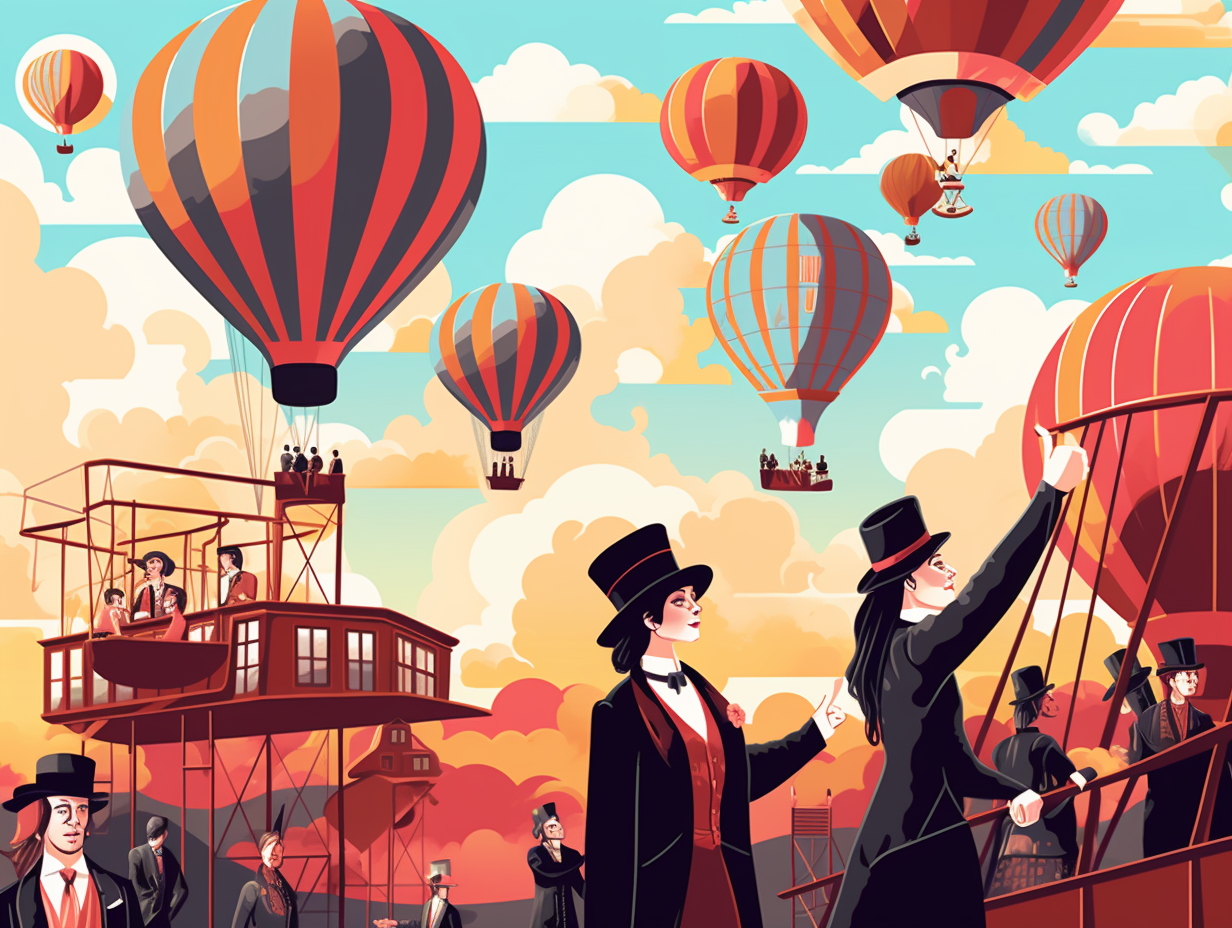
Did you know that standard sizing was a game-changing invention in 1863? Discover how printed paper patterns and sewing machines revolutionized the fashion industry and made mass-produced clothing accessible for everyone! 🧵👕
=> Fun Facts about The-Industrial-Revolution
3. Corset Misconceptions
Picture a lacing race, except the finish line is squeezing into the tiniest waist circumference possible: We might assume many Victorian women were tightly laced in their corsets, aiming for a staggering 16-inch waist, but this is quite the exaggeration. In reality, corset advertisements from the era typically boasted waist sizes between 18 to 30 inches, with larger sizes available, and teen girls at the time would often fib about their measurements for some fashionable bragging rights!
Source => encyclopedia.com
4. Sugar-Laden Toothpaste
Before minty fresh became a breath of fresh air, toothpaste was chock-full of chalk, soap, and sugar, leaving our Victorian ancestors smacking their lips in a not-so-sweet conundrum: In the Victorian era, toothpaste often included precipitated chalk, soap, orris root, and sugar, with flavors like peppermint or rose, but had no charcoal or ground cuttlefish, debunking the popular myth. Regular brushing, saltwater rinsing, and dental flossing were also part of their dental hygiene routine.
Source => sewhistorically.com
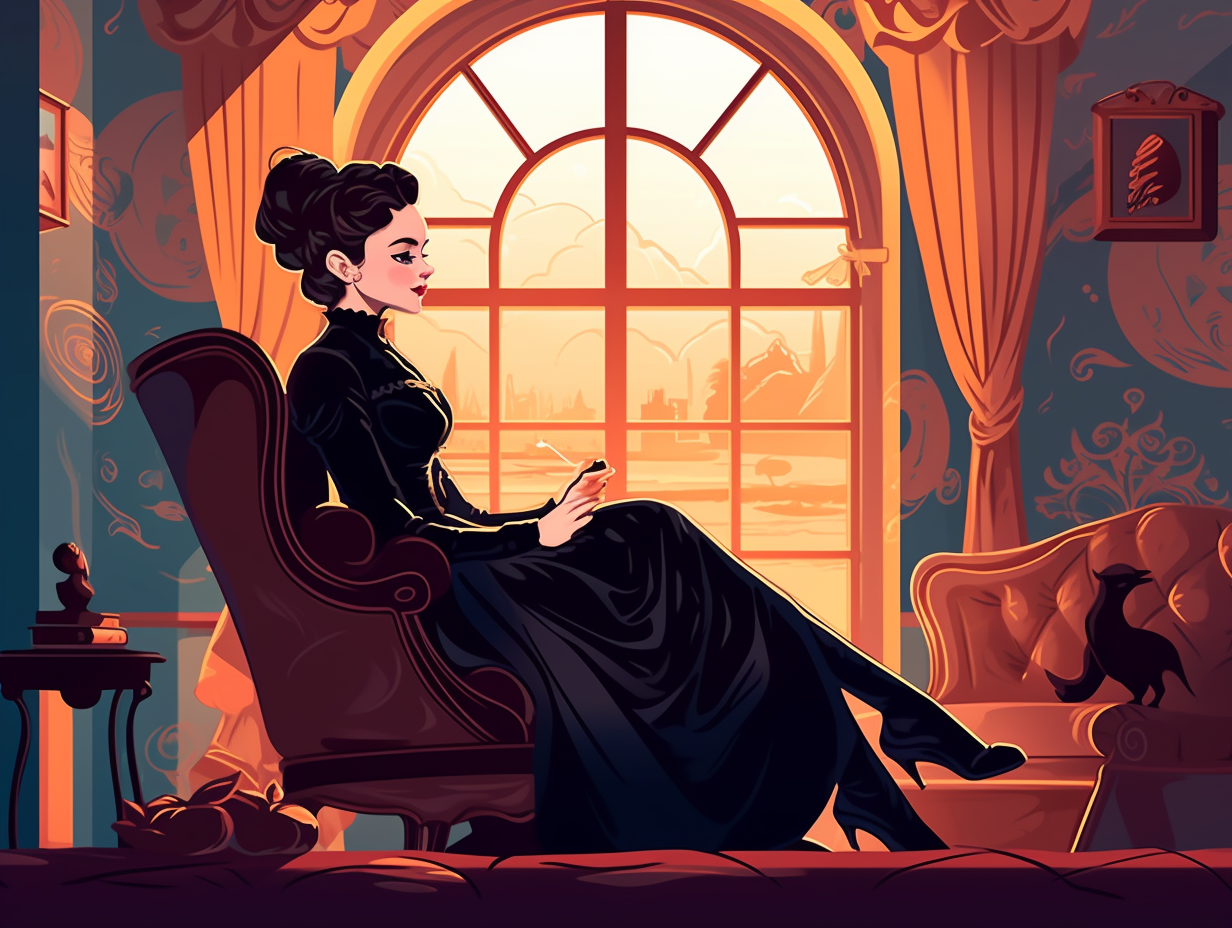
5. The Swiss Army Wife Chatelaine
Ladies, don't forget your Swiss Army Wife accessory: Did you know that during the Victorian era, women carried personalized chatelaines, a tool belt of sorts featuring items such as scissors, a sewing kit, matches, a watch, mirror, paper-knife, memo book, pencil, glove hooks, perfume bottle and more? These bespoke gizmo fests would give a sneak peek into their daily activities and were as unique as the individuals who carried them; for instance, Mrs. Hughes from Downton Abbey packed her chatelaine with keys to every Downton door and a pair of scissors.
Source => shopwillowandbirch.com
6. Mourning Fashion Rules
The Victorian fashion police were no joke, dictating the color scheme for widows down to the very last accessory: Victorian-era widows were expected to mourn for two years, wearing only grey and lavender clothing during the last six months, whereas middle-class children had to don full black mourning attire for a year after losing a parent or sibling. However, men simply added a black hatband or gloves, because apparently, colorful clothes were the pinnacle of immorality.
Source => australian.museum
7. Royal Bushes and Plumbing Woes
Before there were Royal Flushes, there were royal bushes: In the Victorian era, the majority of homes lacked indoor plumbing and depended on privies, little huts in gardens hiding humble toilets, while impoverished households would queue daily to use just one cold tap and toilet amongst up to twenty-five families, leading to rampant cholera and typhoid outbreaks.
Source => objectlessons.org
8. Feathered Hat Extravagance
Before "putting a bird on it" was a quirky hipster trend, Victorian ladies were rocking feathered friends on their heads, and the more hat pins, the fancier the lass: In the Victorian Era, women showcased their wealth and social status with elaborately decorated hats featuring straw braids, feathers, ribbons, artificial flowers, and even stuffed birds. And to keep their status steady, they used bejeweled hat pins to fasten the hats, while also dawning accessorized boots, shawls, gloves, and large brooches.
Source => sites.udel.edu
9. The Infrequent Bathers
In the Victorian era, cleanliness wasn't so much "next to godliness" as it was detested entirely: bathing was reserved for the exclusive few who could afford a tub and embraced the "once a fortnight" approach, while the less fortunate would take a plunge only once or twice a year. In fact, doctors of the time advised against this hygienic heresy, asserting that bathing had pernicious effects on health and appearance. Alas, the arrival of indoor plumbing in the mid-1900s soaked reason into popular opinion, ushering in the era of daily showers.
Source => healthfacts.blog
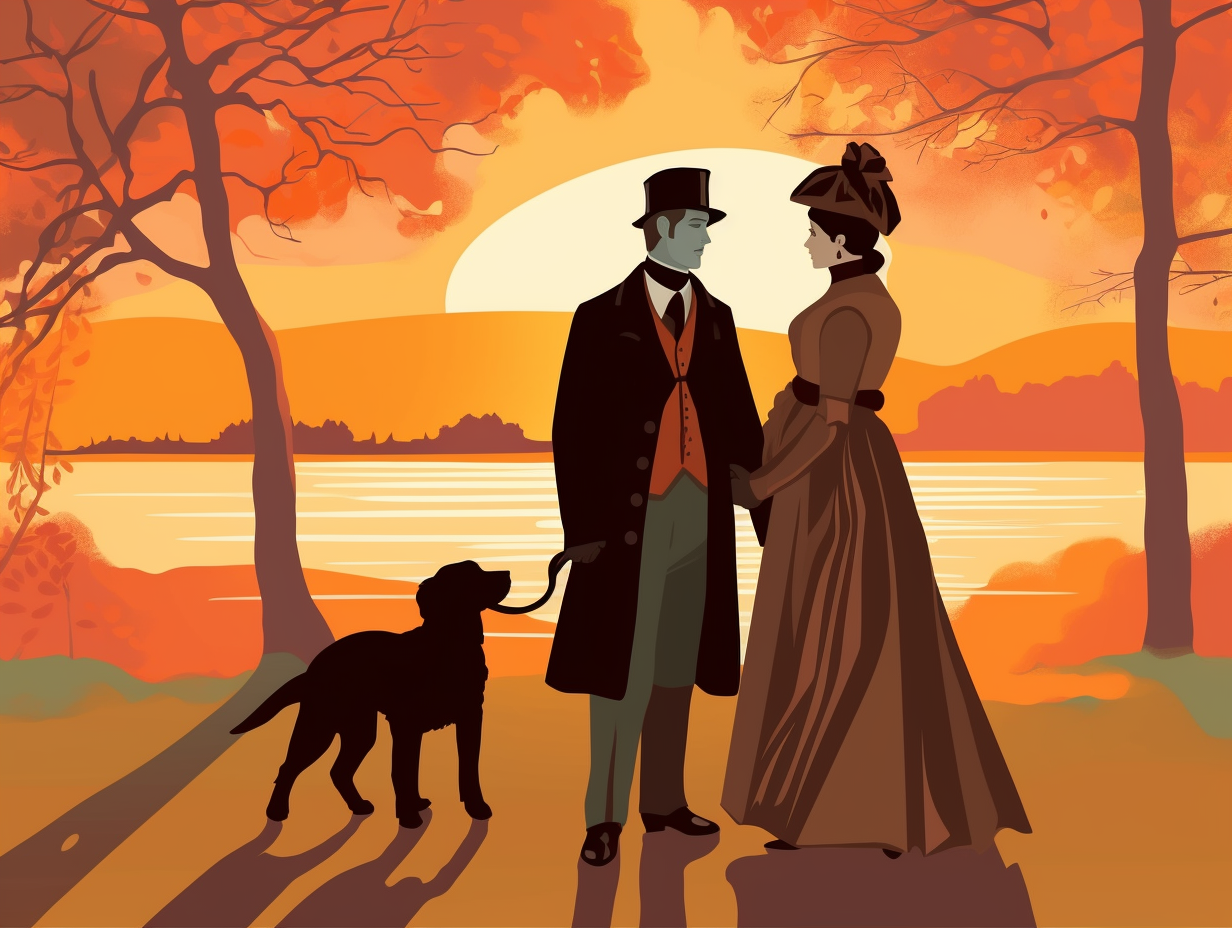
10. The Brown Betty Teapot Craze
"Brown Betty, bam-a-lam: she really gets you steamed, bam-a-lam!" In ode to the classic rock song, our beloved rotund and earthy teapot of Victorian fame just can't help but cause a raucous: The Brown Betty teapot, designed by ceramicist Ian McIntyre, boasts a rich British history and remains a symbol of timeless appeal, its popularity still boiling strong to this very day.
Source => vam.ac.uk
11. Shovelboard: Victorian Shuffleboard
Before there were shuffleboard hustlers at your local hipster bar or Sjoelbak masters in the Netherlands, the Victorian elite had their own sliding game of skill to fill their evenings with mirth and merriment: Shovelboard, a 20-30 foot-long precursor to modern shuffleboard, where the affluent slid distinct metal weights across marked tables to score in various positions, often determining the starter and taking turns through a game of good old-fashioned coin toss.
Source => mastersofgames.com
12. Ghostly Spirit Photography
In the Victorian era, even ghosts had to strike a pose: spirit photography became all the rage, with distressed grievers seeking out images of their deceased loved ones. Case in point: Mary Todd Lincoln, who not only frequented mediums but even hired the top "ghostographer" of her time to click an otherworldly reunion with her dearly departed husband, Abe Lincoln.
Source => newyorker.com
13. Rapunzel's Victorian Hairwork
"Rapunzel, Rapunzel, let down your...locket?": In the Victorian era, hairwork became a popular craft that involved using human hair to create sentimental jewelry such as lockets and wreaths for mourning and achievements, with hairwork being a common skill taught to young women and often mixed with needlework, while famous individuals like Queen Victoria, Napoleon, and Admiral Nelson owned such hair-jewelry.
Source => en.wikipedia.org
Related Fun Facts

